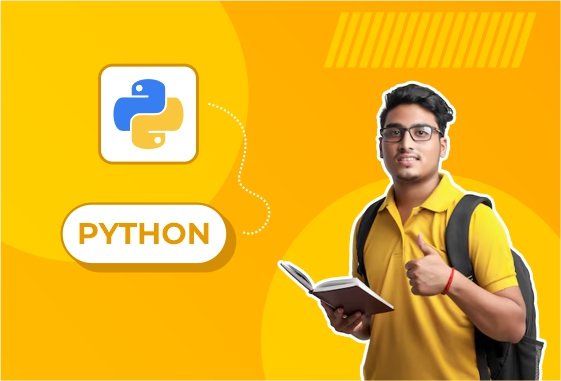
Pose Estimation
Project Title: Human Pose Estimation Using Deep Learning
Objective:
To detect and track human body keypoints (joints like elbows, knees, wrists) in images or video, enabling the understanding of human posture, movement, and interaction.
Dataset:
COCO (Common Objects in Context): Contains annotations for keypoints of human poses in images.
MPII Human Pose Dataset: Another dataset with labeled images for human poses in various conditions.
Key Steps:
Data Preprocessing:
Image Preprocessing: Resize, normalize, and augment images to ensure robust learning (rotation, scaling, etc.).
Keypoint Labeling: Each human body in the image is labeled with keypoints (e.g., eyes, shoulders, hips).
Model Architecture:
Convolutional Neural Networks (CNNs): Used to extract spatial features from images.
Hourglass Networks: A popular architecture for human pose estimation, using symmetric hourglass-shaped layers to capture keypoints at multiple scales.
OpenPose: A well-known algorithm that can detect human poses in real-time, utilizing multi-stage CNNs to detect keypoints.
Training:
The model is trained to predict keypoint locations, often by minimizing the distance between predicted and true keypoints in an image.
Loss Function: Typically a combination of heatmap regression loss and geometric constraints (such as joint angles).
Evaluation:
Accuracy Metrics: Mean Average Precision (mAP) or Percentage of Correct Keypoints (PCK) are commonly used to evaluate the performance of pose estimation models.
Visual Inspection: Overlaying predicted keypoints on the input image to assess how accurately the model identifies joint positions.
Deployment:
Real-time pose tracking using video feeds.
Integration into applications using frameworks like OpenCV for pose detection in live video or augmented reality apps.
Tools & Libraries:
Python, TensorFlow, Keras, or PyTorch
OpenCV for image processing and visualization
MediaPipe for real-time pose detection
Applications:
Sports Analytics: Analyze athlete movement and performance.
Healthcare: Assist in physical therapy and rehabilitation by tracking patient movements.
Human-Computer Interaction (HCI): Enable gesture recognition and control in VR/AR applications.
Surveillance: Monitor human activity and behavior in security footage.





